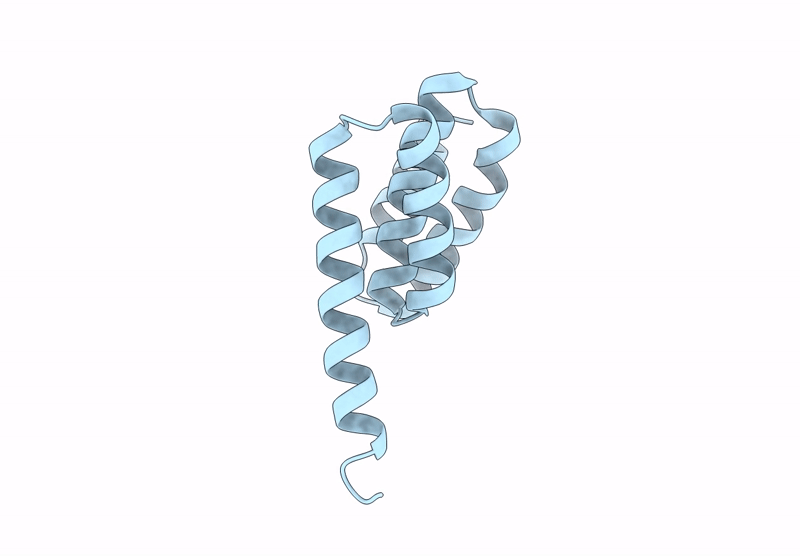
Deposition Date
2024-03-01
Release Date
2025-05-21
Last Version Date
2025-05-21
Method Details:
Experimental Method:
Resolution:
2.37 Å
R-Value Free:
0.29
R-Value Work:
0.23
R-Value Observed:
0.24
Space Group:
P 41 21 2


